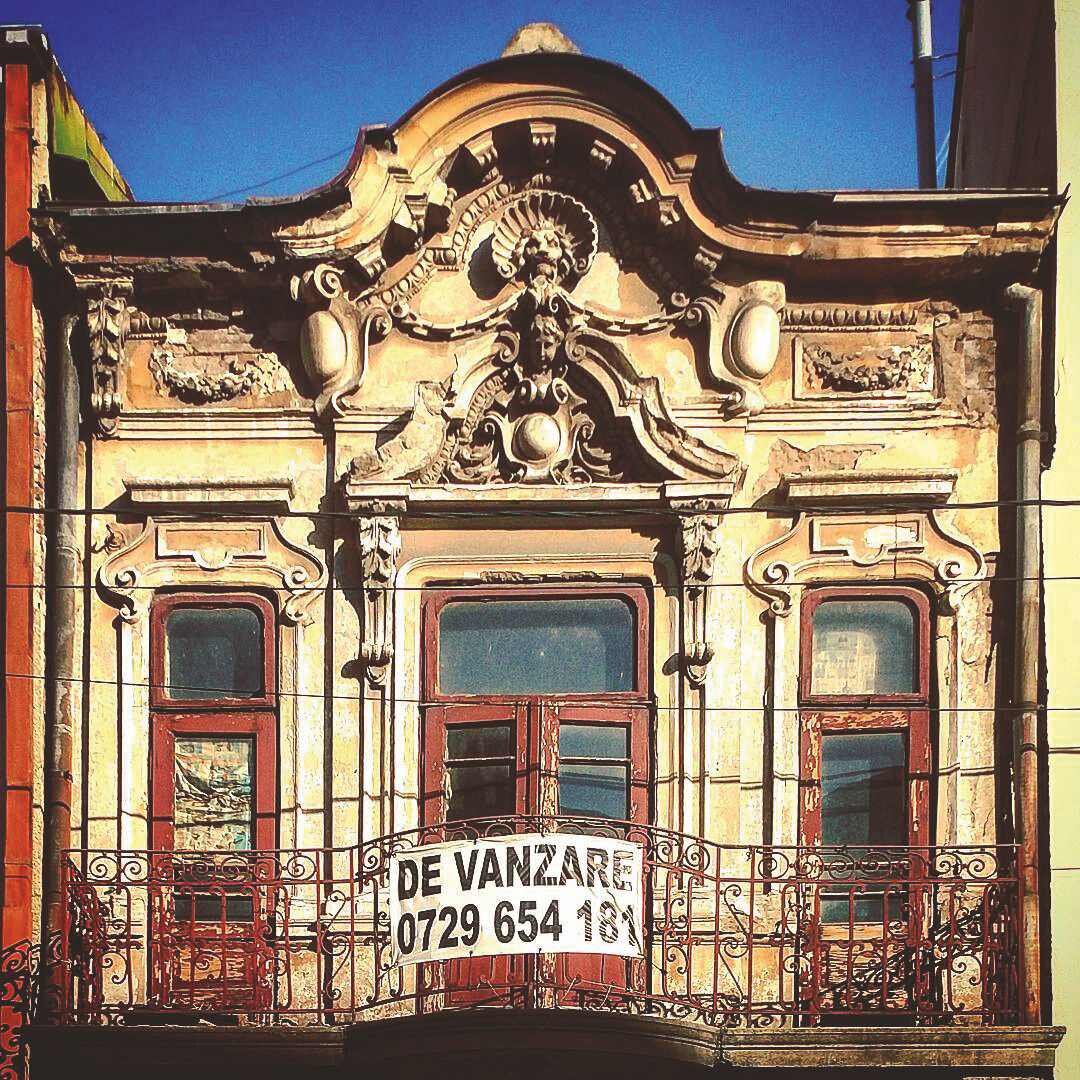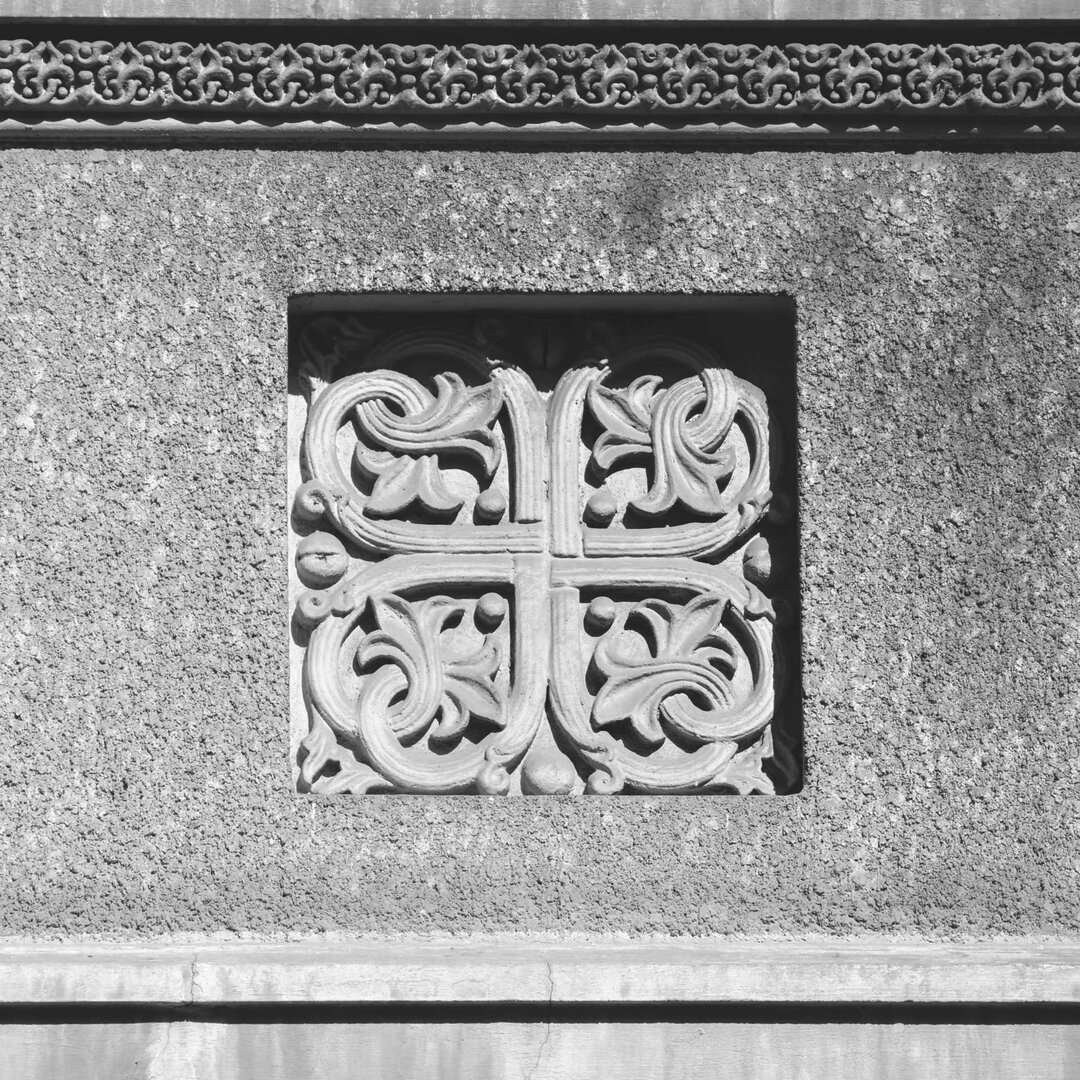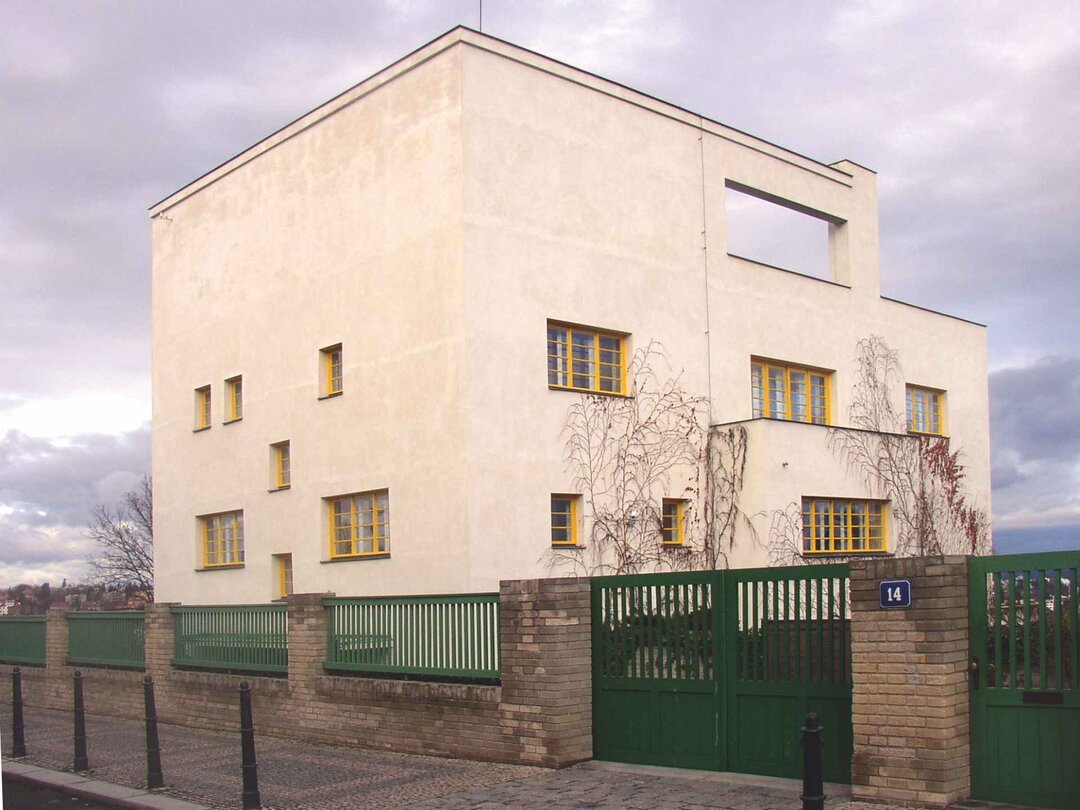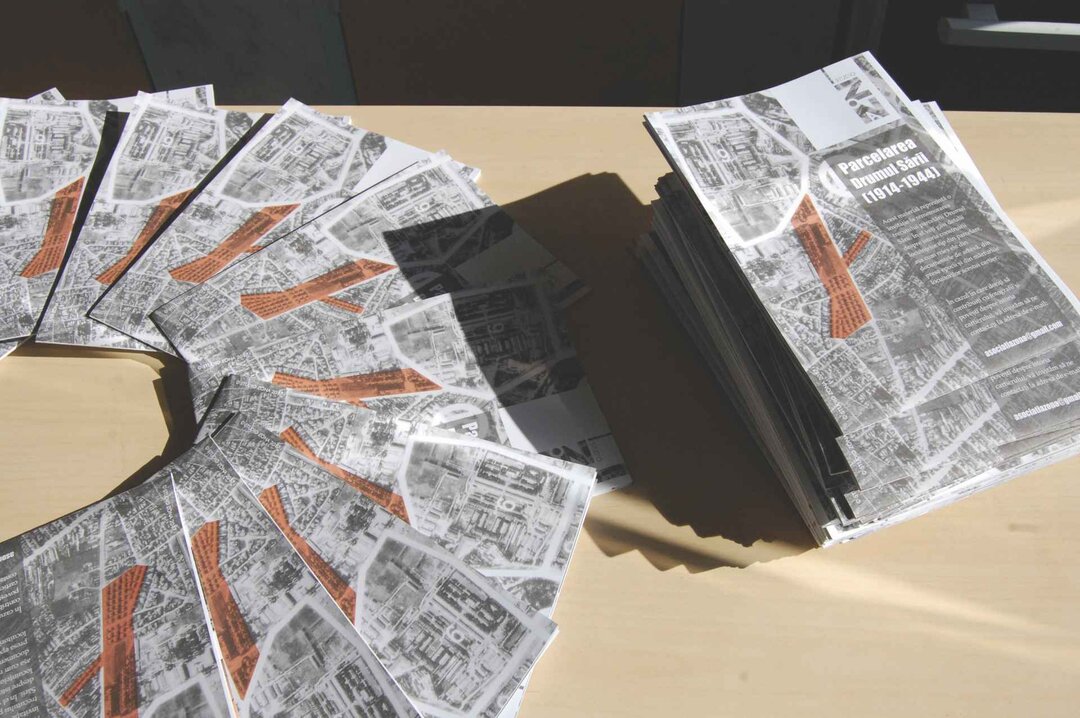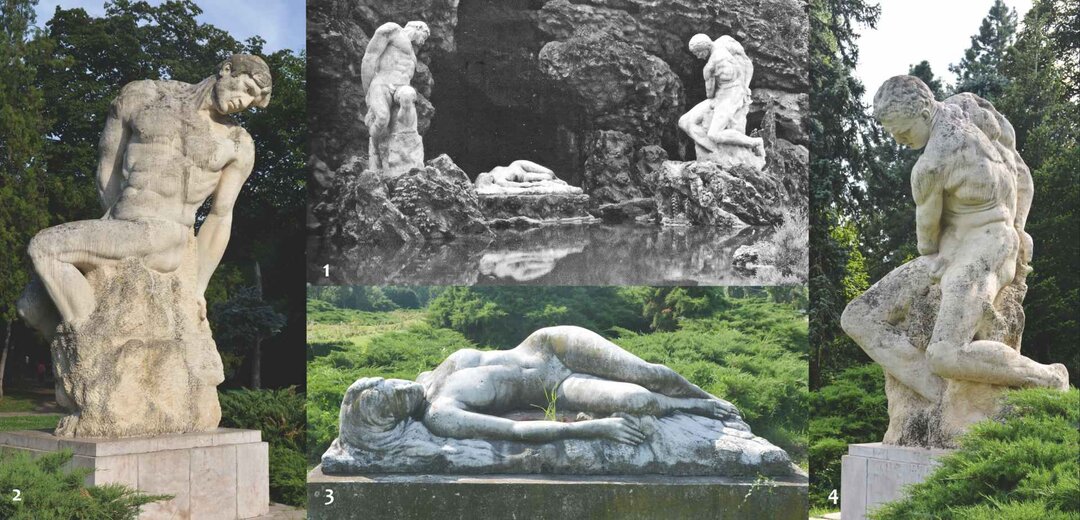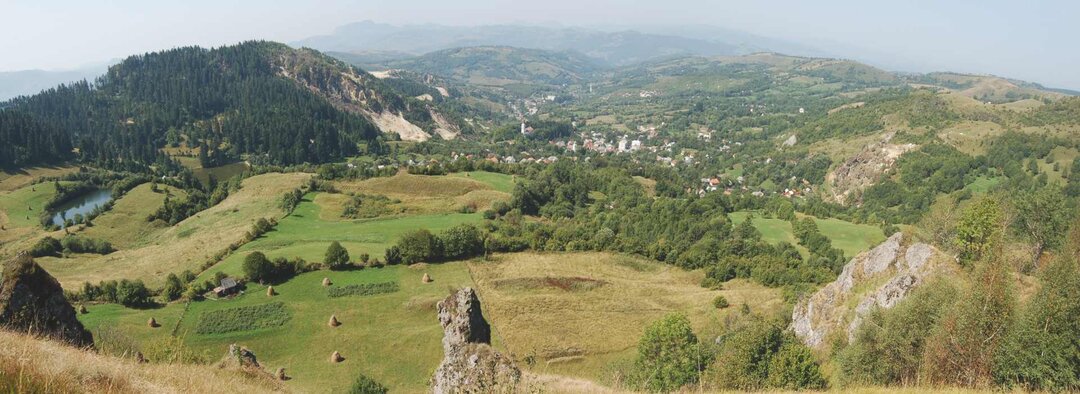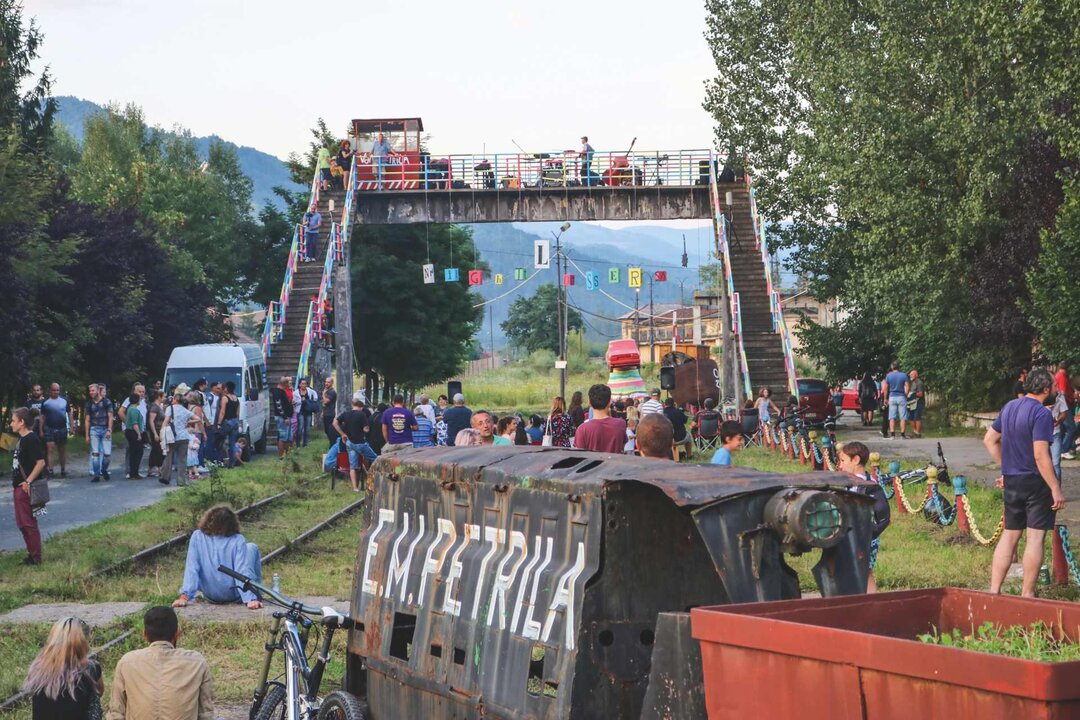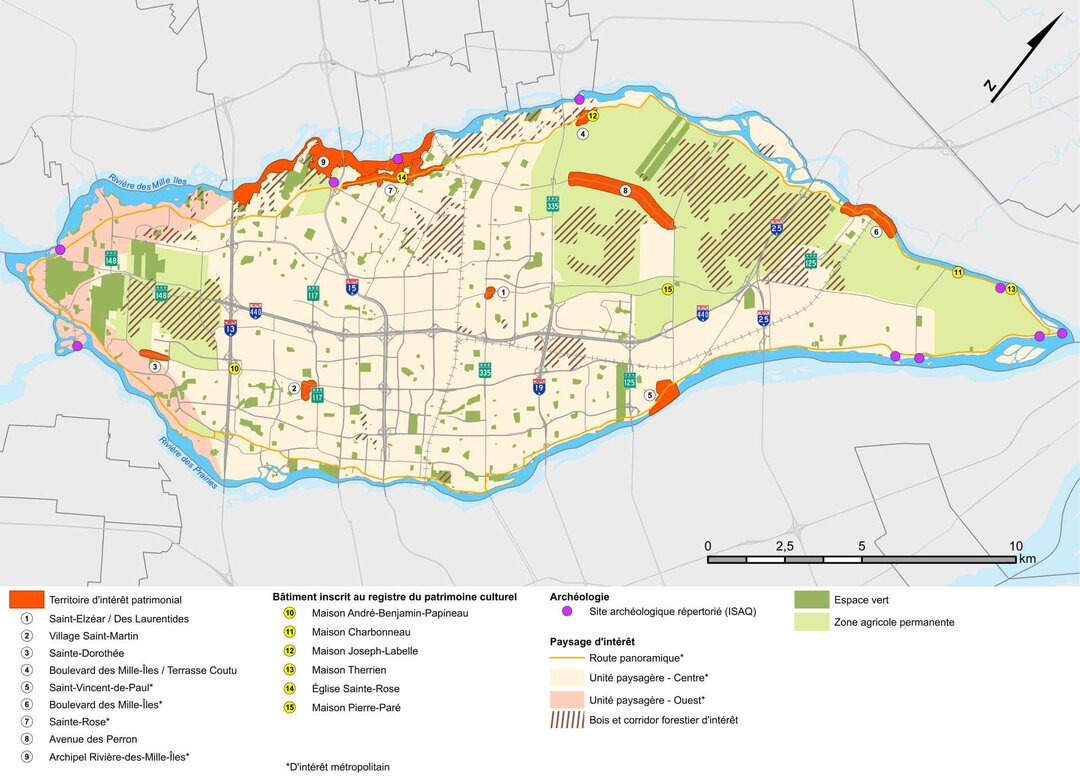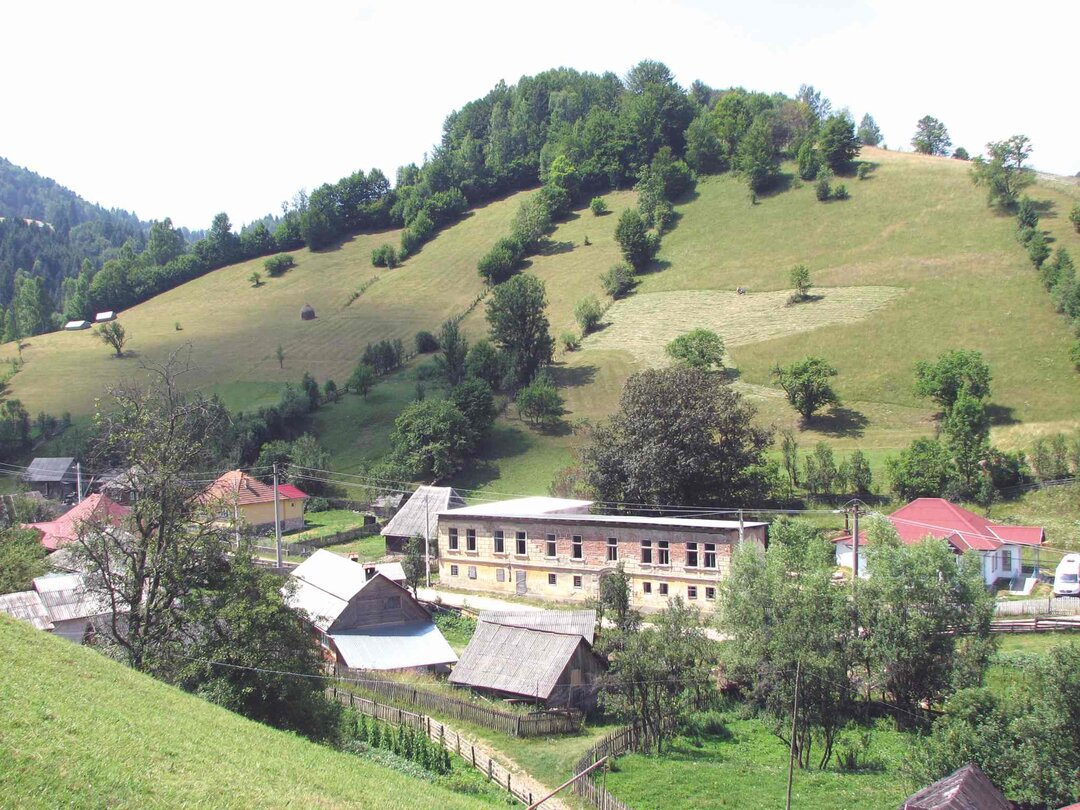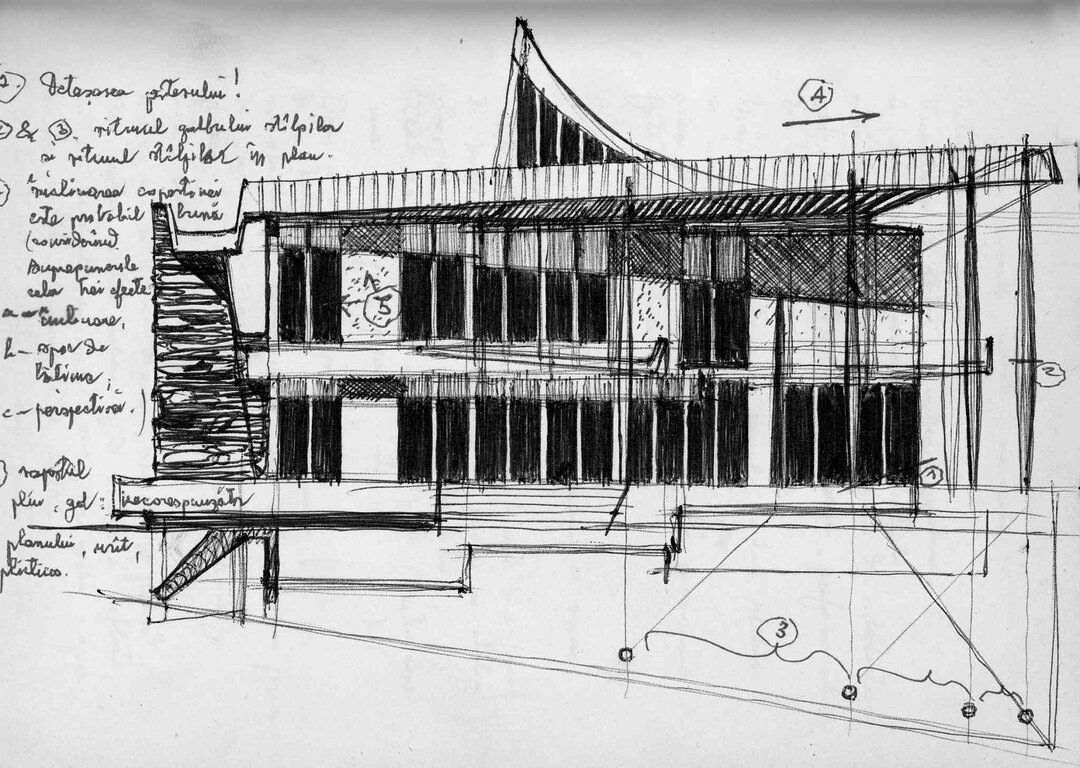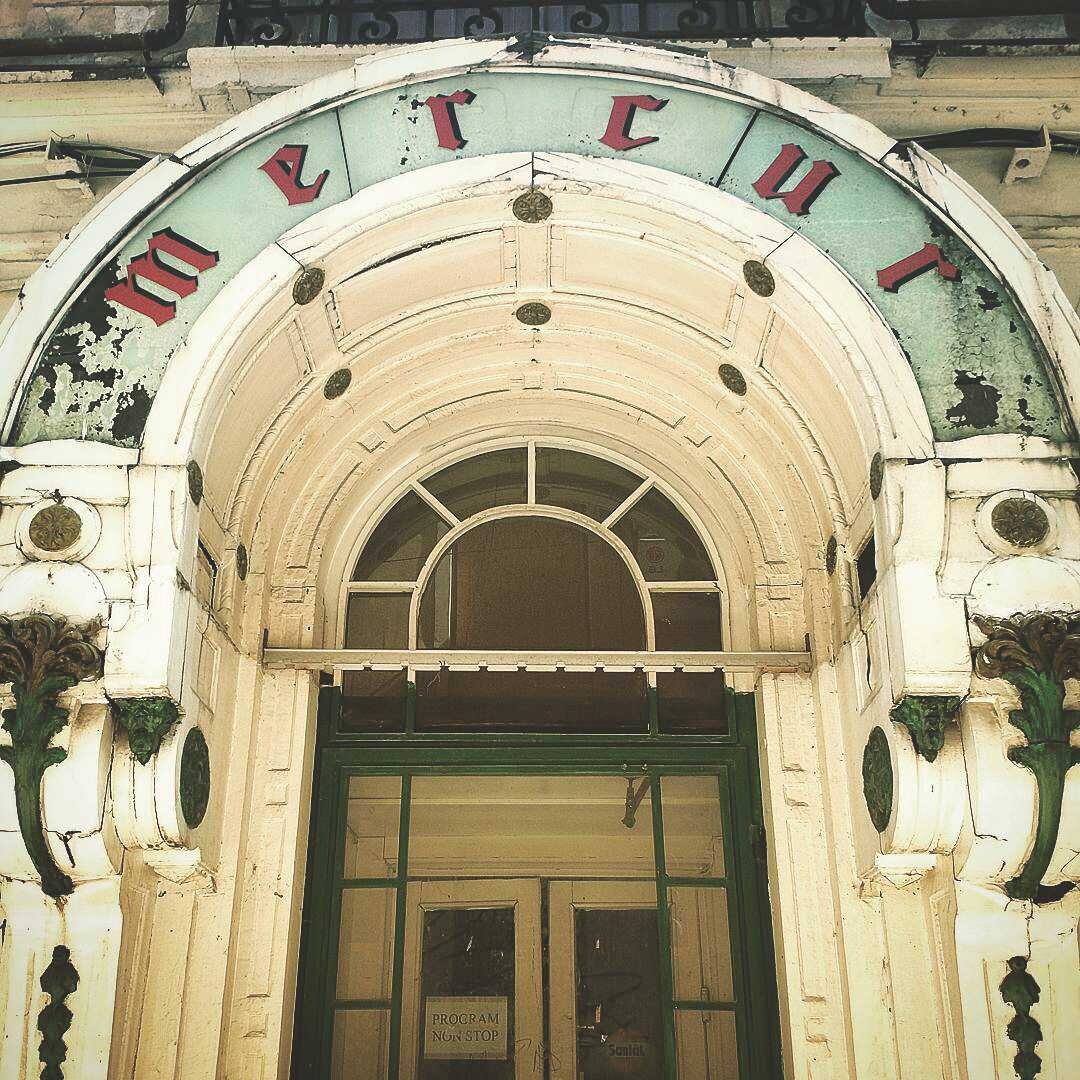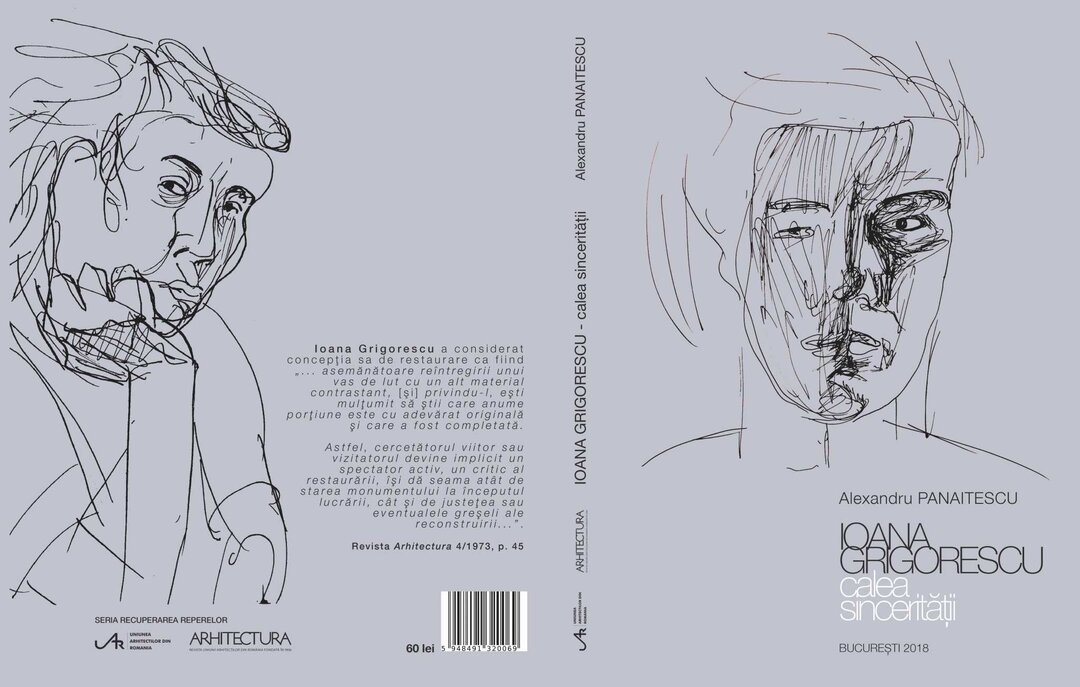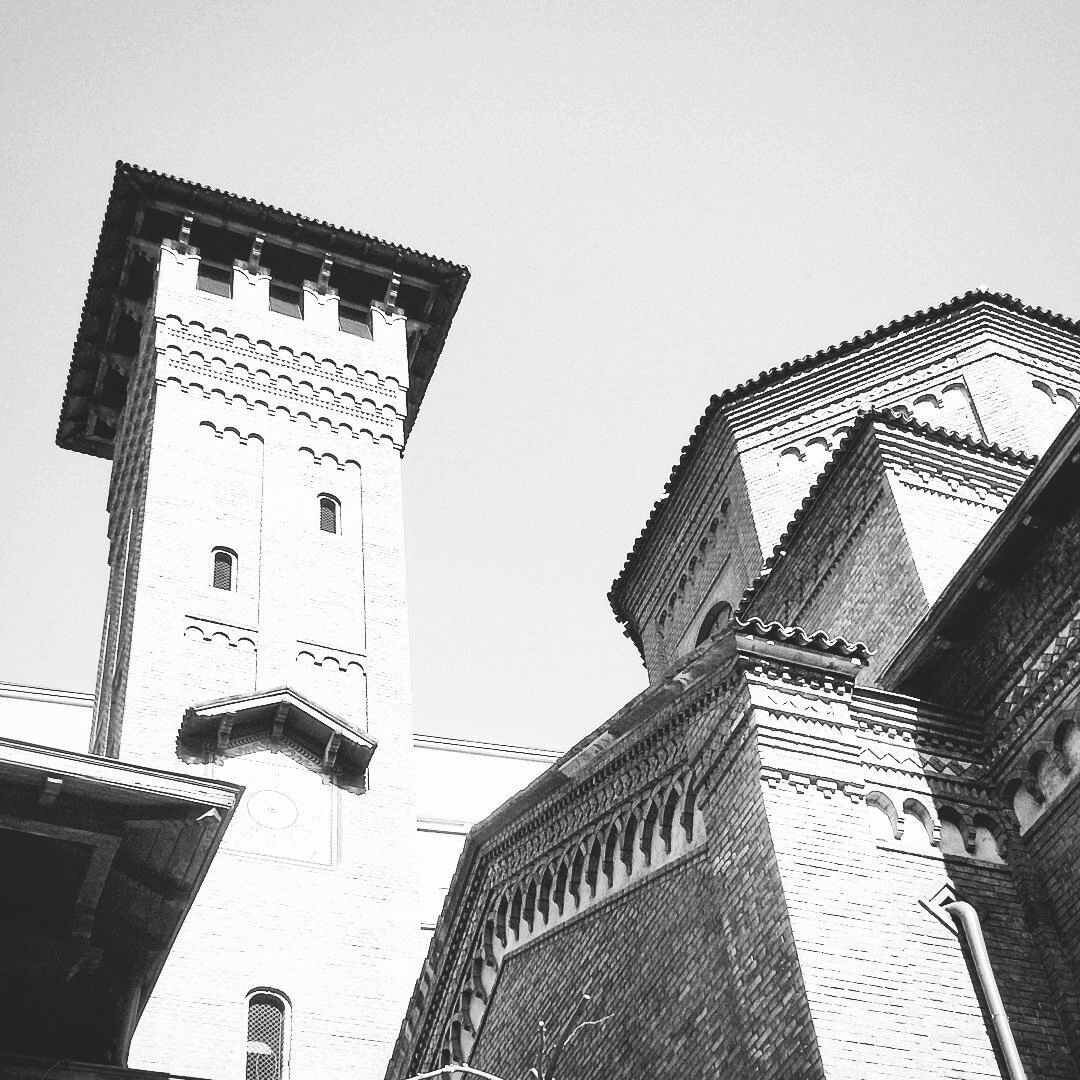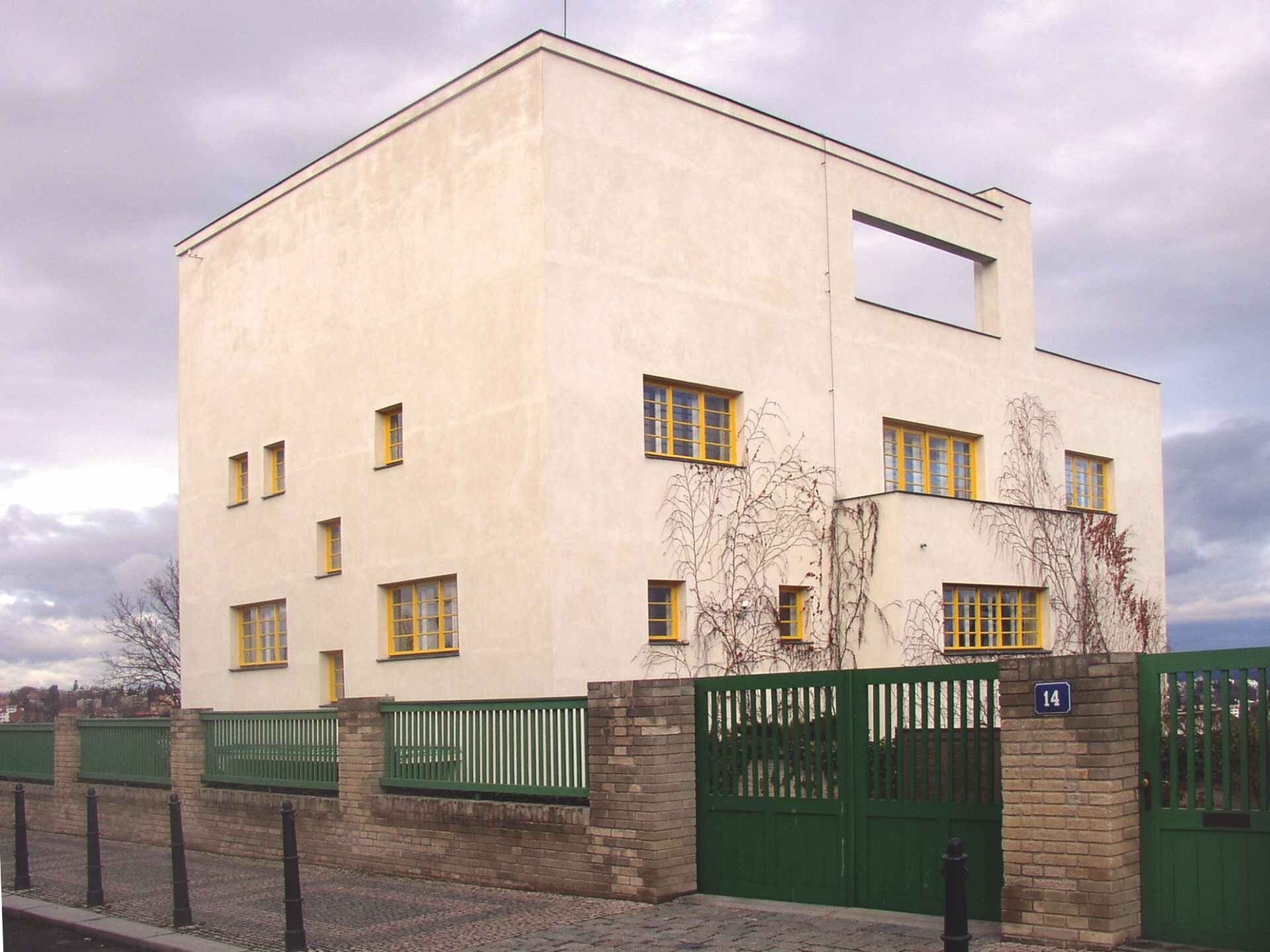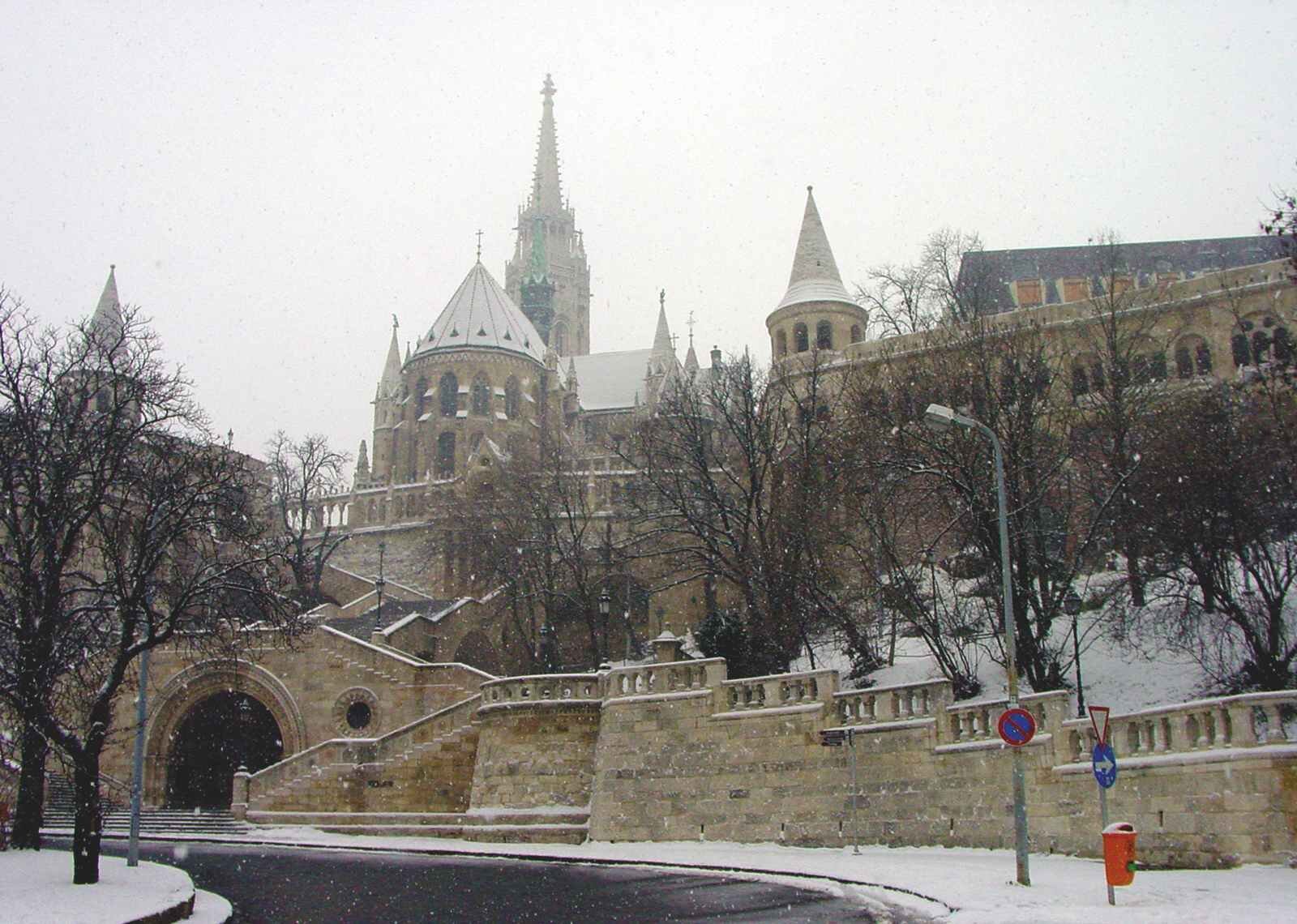
The modernity of built heritage
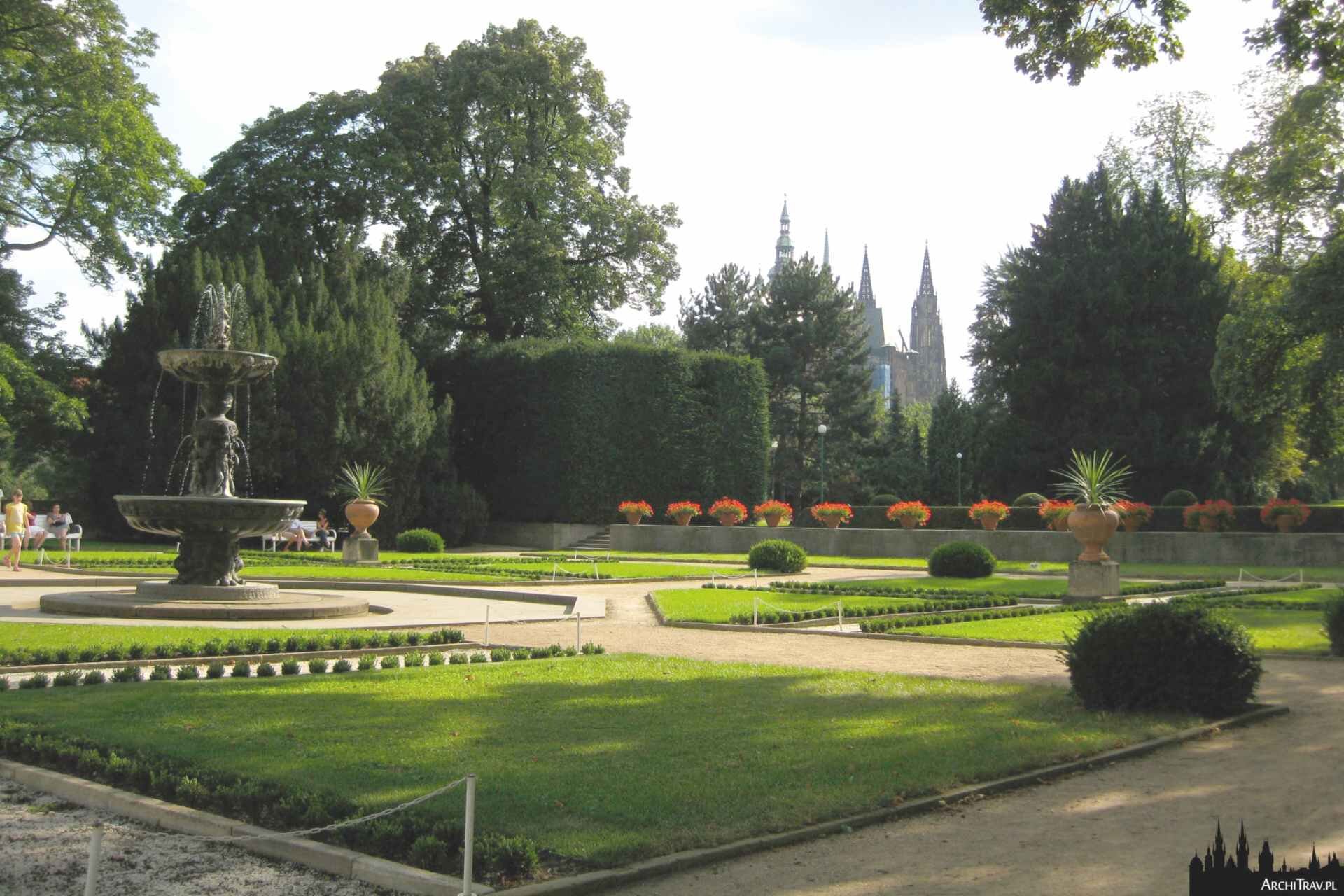
text: Kázmér KOVÁCS

Age is quintessential for a historical monument. However, the patrimonial phenomenon as a whole2 can - and should - be analyzed in the context of modernity3.
First, for every theoretical or practical approach aimed at preserving and studying the cultural heritage addresses objects that have been conceived and produced before the present time. Nevertheless, the historical perspective4 mediating such an approach is modern per se. Secondly, for the criteria establishing whether a building is a historical monument or not are strictly conditioned by values we currently treasure. Thirdly, for while the techniques used to preserve or restore an old building are (or ought to be) similar to those used for its construction, most cases require the latest technology with a view to ensuring a lengthy physical existence. Finally, regardless of its age, a building should be continuously inhabited in order to remain a piece of architecture and not just a mere artefact.
Therefore, it is perfectly clear that when we discuss a specific aspect of the contemporary attitude towards built heritage, we inevitably place ourselves „by the modern side”. All the more surprising seem the accusations of nostalgia or idealization of the past uttered by the majority of those who are unscrupulous about the constant renovation of the built environment when confronted with the restrictions imposed by the architectural conservation laws. The two „sides” are commonly seen as incompatible. However, the two distinct positions with respect to built heritage - the devoted preservers and the bold builders of the new (usually labelled as demolishers by the former) - are, in fact, two complementary parts of one and the same modern attitude towards the act of building. The most elementary argument backing this allegation lies in acknowledging the referential position held by built heritage in relation to current architecture, even when the latter is deliberately designed as a negation of the former.
Alois Riegl is the one who identified the concept of architectural „age-value” in the context of what he called „the modern cult of historical monuments”. He also inferred the importance that age-value was to acquire for the generations to come. The idea of age associated with the term already included in the title of his book: cult5, highlights a somewhat diseased quality of the patrimonial phenomenon that has been manifest ever since its beginning. In tune with Sigmund Freud6, Françoise Choay analyzed the „neurotic” dimensions of the patrimonial phenomenon. In a secular world where the historical monuments take over, in part, the cultural role perpetually played by the monuments (artefacts with memorial function), our irrational fears and cultural anguishes tend to find a remedy by examining themselves in the „narcissistic mirror”7 of the historical built environment. As seen by Freud, the discomfort brought about by modern civilization is rooted in the changes of substance triggered by the industrial revolution and corresponds to the uncertainties of contemporary architecture. Furthermore, the unprecedented cult of the built heritage - designated by Choay in the spirit of the same psychoanalytical idiom through the term „patrimonial syndrome” - completes the picture of „a competence to build” presently in need. Nowadays, the age-value has rather dissolved into a more complex „identitary function”8 of the built heritage. Consequently, entire urban areas along with their buildings, streets and landscapes have become the object of conservatory concerns. During the past decades, with an increase in the number of new buildings, the need to preserve the historical built environment emerged as an imperative. At present we preserve it at all costs, even as authentic copies - a practice unconceivable prior to the destruction caused by the Second World War. However, this practice of „illusion-building” indicates an even earlier date9. For instance, while the „neo” historicized styles did nothing but provide the modern architectural programmes10 with specific façades, towards the end of the 19th century, the Arts and Crafts movement in Great Britain explicitly aimed at rendering the dignity of the handicraftsmen’s traditional work. Great emphasis was placed on the authenticity of structures and construction materials as opposed to the treatment of surfaces practised by historicism. It is interesting to note that the experiment failed both economically and ideologically. On one hand, the handcrafted fabrics or furniture were expensive so they could not compete with the industrial products; what’s more, ironically, the clients of Morris & Co. were preeminently recruited from the wealthy members of the new industrial middle class11. On the other hand, since they were designed down to the last detail, the Arts and Crafts achievements - whether in architecture or the decorative arts - were doomed to remain „authored” art and architecture, no matter how „folkish” the source of inspiration. Nevertheless, this type of experiments continues to the present day, as evidenced, for instance, by the attempts to reinvent a national style in the Hungarian architecture of the last decades12. „Various design regulatory policies [in protected urban areas] expressly funnel the stylistic unity going as far as to copy or pastiche the existing vernacular details”13. For example, the urban regulations in the City of Charlottesville, Virginia, have banned until recently the construction of any building in the central area unless it had the red brick parament and white rock decorations typical to Thomas Jefferson’s architecture which conveyed a unique character to the urban landscape.

Three aspects of built heritage
The evolution of the built heritage concept is far from being complete. The subject has not preserved its topicality only due to the endless quarrel between those supporting the unconditional conservation of old architecture and those wishing to clear the land in order to make room for the architecture of the everlasting present. Heated debates are taking place in the conservatory side, in relation to the complex issues of conservation. The controversy went truly public with the confrontation, in England, between the non-interventionists (like John Ruskin) and the libertine restoration architects (such as George Gilbert Scott)14. It still continues to this day, in more nuanced terms yet with the same passion, between the supporters of reconstruction and those of minimal interventions, the champions of material authenticity and those of semantic continuity, the technological „purists” and the promoters of the latest building structures15. It would be difficult to foresee the future evolution of the historical monument, or its end goal: since we are dealing with a historical phenomenon, it will allegedly disappear at some point, as was the case with other cultural „inventions” before it. What is unmistakably clear is that the entire patrimonial syndrome is a modern phenomenon in full bloom.
I plan on discussing the modernity of built heritage in the light of three of its many aspects. These represent fairly different facets of the topic in question and address distinct levels of manifestation. My selection aims precisely at underlining, on one hand, the composite nature and the large scope of the phenomenon and on the other hand, the need to approach it from several perspectives.
1. The idea of historical monument is „modern” in and of itself as we are dealing with a relatively recent invention. While „intentional”16 monuments display, without exception, the features of a universal cultural phenomenon17, the historical monuments (or, in Riegl’s view, „unintentional”) have been found at the core of the ancient built environment only since the Enlightment and only in Europe. In the second half of the 14th century, „two original enterprises proper to humanists and artists” have contributed to the acknowledgement of „history as a discipline and of art as a self-contained activity”18. The process was part of the far-reaching shift of mentality covered by the European notion of history, a genuine „mutation” involving a detached perception of the past, the search for the meaning of anachronism and the emergence of a „healthy scepticism” on the authenticity of certain ancient documents19; in other words, a new sense of the difference-past relationship was taking shape.
Therefore, the entire evolution of the historical monument is closely linked to the apparition of what is currently known as modernity. Although earlier manifestations of certain attitudes that may be taken for conservatory were not absent, these lacked one or other of the essential traits currently defining the theory and practices of built heritage. Certainly, before modern times, no attempts were made to classify the historical monuments based on specific patrimonial values. Even less was done to establish the concept of historical monument as a legal status with the aim of orchestrating its protection, maintenance and restoration. Still, once initiated, the process has continued unbroken (yet not unhindered). It goes without saying that during the institutionalization of historical heritage there was a need to conceptualize a whole array of technical details and setting up an inventory is only the first, even if not the simplest of tasks.

2. The field of built heritage has developed to such an extent that nowadays even buildings dating from the 1950-60s are ranked as historical monuments. In the 14th and 15th centuries, in the early phases of its evolution, the class of historical monument designated only ancient Greek and Roman vestiges, but the moment heritage conservation was legally organized, in the second half of the 19th century, it had already comprised early ancient Mediterranean monuments and representative masterpieces of medieval architecture. A major expansion was to occur after the Second World War. On one hand, the unprecedented destructions turning entire historical cities into rubble edulcorated the adamant rule which forbade reconstruction. On the other hand, the also unprecedented scale of new constructions that followed caused a dramatic decrease in the relative percentage of historical buildings. As a result, at the beginning of the 21st century we presently find ourselves in the unusual situation of living in an entirely „monumentifiable” environment. After having engulfed the once despised Baroque and Rococo periods, as well as the even less respectable territory of European historicist architecture of the 19th century, the domain of cultural heritage rediscovered the taste for the „bad-taste” Art Nouveau, Jugendstil or Secession styles. Virtually encompassing all the authored architectural styles, the historical monument subsequently took over the categories of minor or vernacular architecture and did not hesitate to extend its borders towards industrial sites and even landscapes.
Consequently, nowadays nobody would call into question the legitimacy of classifying the architectural achievements of the founding fathers of functionalism as monuments. Ironically enough, Le Corbusier, whose Plan Voisin for restructuring Paris would have wiped out a large part of the historical centre, „initiated, during his life, the protection of his works, 11 out of which are presently classified as monuments while 14 are listed in the additional inventory”20.
In this case, it is no surprise that in the summer of 2001 New York hosted two simultaneous Mies van der Rohe exhibitions21, but in the same period a spectacular exhibition on the life and work of Frank O. Gehry, an architect still active at present, was held at Guggenheim22. On this side of the ocean, the architect of the National Library of France claimed the right to ban all transformations of his building, including hanging paintings on the walls, „as a form of respect for the artistic integrity (as guaranteed in the contract)”23, as if the edifice had already been classified. Yet the Library, inaugurated in 1995, is hardly older than two decades and it is hard to imagine it has any chance to obtain the historical monument status. The two fields, even though irremediably opposed in appearance, tend to overlap. Today’s „starchitects” act as if they were the great masters of the past, and their glass and metal works reached their ideal shape and could thus be entitled to enjoy, without hesitation, the company of great masterpieces in the history of architecture.

3. John Ruskin wrote an apology for handicraft in a book24 which is still topical in more ways than one. His ideas acquired a prominent influence across Europe in the second half of the 19th century, but the technological progress continued undeterred - the building techniques being no exception. In most cases, we are forced to „artificially” preserve the mastery of craftsmen, the repositories of traditional techniques, if we wish to restore the historical monuments in an adequate manner. The case of the craftsmen who remodelled the Shinto Japanese temples probably represents the best known example, but the English builders and their thatched roofs is one of the most commonly used to illustrate a handicraft that would have been long gone if the patrimonial law, which forces the owners of historical monuments to conserve the classified coverings, had not ensured its survival25.
Reinforcing a new building and providing it with the modern comfort accessories is another matter. In the majority of cases, the technology in use - at first hand or during the preliminary operations - in order to ensure the structural solidity or technical equipment of a restored edifice is the latest trend in the field. In current restoration technique hiding sewage pipes, tension bars or reinforced concrete elements has become a trick causing not even the slightest trace of remorse. However, the biggest technical inconvenience in preserving a historical monument both physically and architecturally is finding an appropriate contemporary use. Assigning a new function to buildings from older days is not a new practice either. When the conquerors chose not to demolish old buildings - out of ritual and strategic reasons or destructive passion - they often reused the representative edifices of the defeated people according to their own needs. The procedure was no more different in time of peace. Perhaps the most famous example is the conversion of the Pantheon into a Christian church in 60926. Yet the common premodern attitude towards obsolete edifices was their reutilization as building material. Thus, in the early phases of assumed heritage conservation „the natural negligence” noticeable in the ruin of built heritage coexisted with the concern caused by its imminent disappearance. The same Pope who issued a bull (Cum almam nostram urbem)27 in order to put an end to the plunder and destruction of ancient Roman ruins gave his blessing for the appropriation and reuse „of marble and travertine blocks from the Colosseum and Capitol for his buildings in Vatican and Saint Peter’s Basilica”28. This ambivalent behaviour is by no means an exception, but rather a rule as we can see by looking at the memorable case of painter Raffaello Sanzio who wrote to Pope Leo X a letter bitterly denouncing the ruination of ancient Roman vestiges. Still, the same Raffaello, as architect of St. Peter’s Cathedral, did not hesitate to take advantage of a patent issued by the same Pope, granting him the right to „buy [the stonework and vestiges discovered in Rome] whatever is necessary for the construction of the new temple”29. Such an „oxymoron-like” attitude towards built heritage indicates, on one hand, the cultural countertrend about to take shape in Quattrocento, focusing on conservation and opposed to the „logical” demolition of the built environment. On the other hand, it foreshadows the characteristics of the powerful dichotomy defining contemporary building practices.
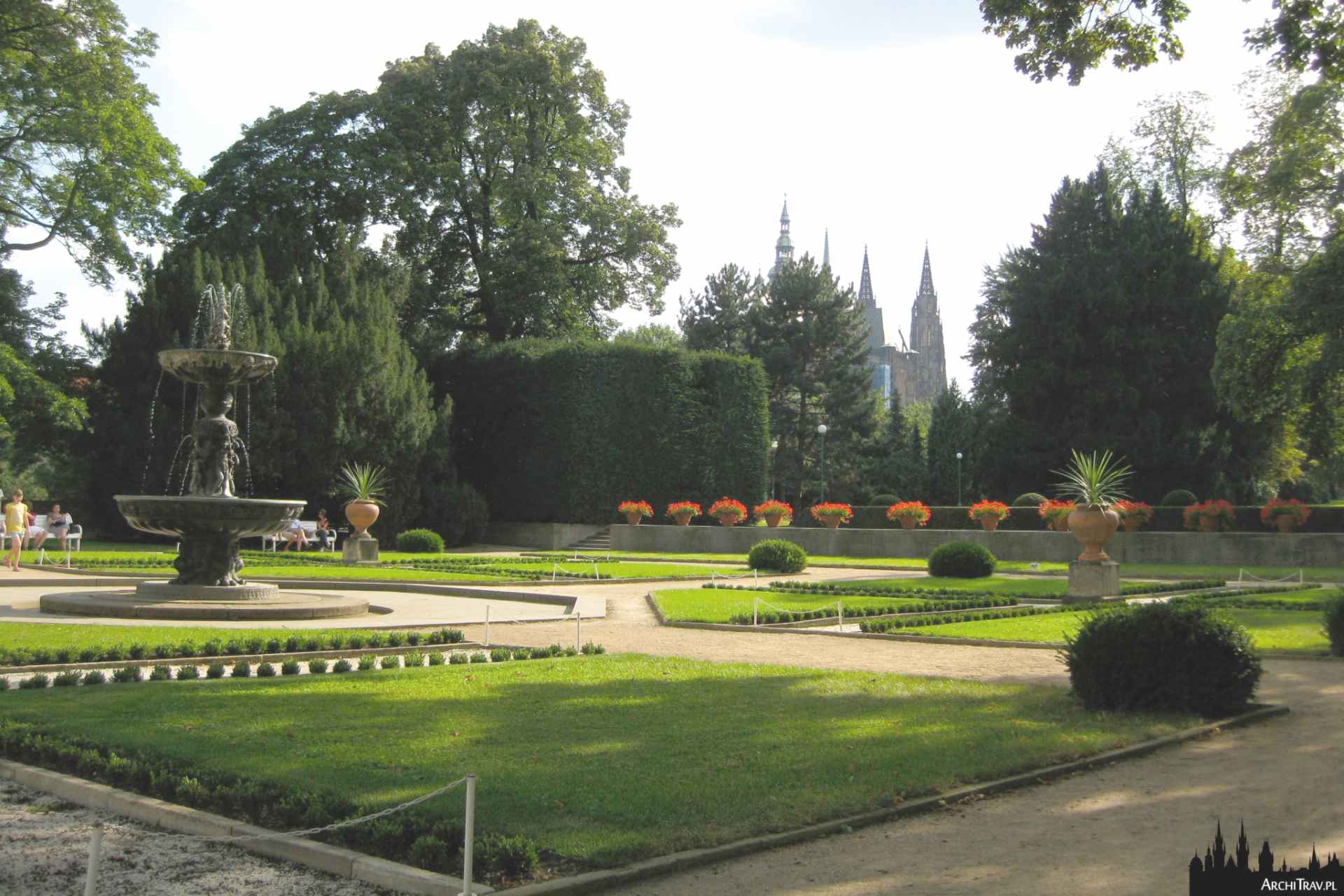
According to the value system associated with historical monuments, Riegl determines two main categories: „commemorative-values” - specific qualities that establish a historical monument as such, and „present day values”, where he distinguishes between „artistic value” - related to his concept of Kunstwollen, along with its components, „the newness value” and „the relative artistic value” (which I would call „the trend of the times”) - and the use-value. The aforementioned are given less importance than the age-value. Still, the newness value and the use-value become very active when it comes to integrating an old building in contemporary life. Moreover, they are often in clear opposition with other specific patrimonial values, like historical value or age-value30.
As a result, Riegl’s analysis reveals that a historical monument is, on one hand, classified as such through a set of memory-related cultural functions typical of our modern period, such as age, historical evidence and its importance for art history or the sense of identity. On the other hand, the same historical monument is seen as the recipient of a set of values belonging to the ever-present, hence to our times too. This is the case with the utility of the architectural object and its beauty - determined by who knows what transient fashion criteria – its integrity and its novelty. The dialectic contradiction between these different components converging in the nature of the monument has come a long way since Riegl’s time, occasionally echoing incompatibility. The phenomenon seems to support the theory based on the deepening of that „Unbehagen” feeling, as Freud put it, typical of European contemporary societies - whether late modern or postindustrial etc. - in general, and of their architecture, in particular. Any conservatory or restoration approach must cope with this ambiguity of the built heritage when searching for the best solutions to a given problem.
The principles of such a flexible approach on conservation matters are contained in what is currently called „integrated conservation”.

Epilogue
Apart from its manifold technical implications, built heritage integrated conservation means ensuring the functioning of historical monuments as inhabited edifices while preserving their valuable features, a status which enables them to be classified as cultural heritage items and to be protected as such. If we fail to maintain this fragile balance, all we will get is either the preservation of a beautiful empty shell of an architecture abandoned by its inhabitants, or precisely the endangerment of these modern values - be they aesthetic, historical or memorial - that classification aimed to preserve in the first place.
Indeed, the issue is of the utmost topicality. As all its conceptual, technical or economical difficulties are far from being solved, cultural heritage has to face new dilemmas on account of various social and anthropological factors and, even more acutely, its overexpansion in the last decades of the 20th century. The way out of this deadlock can be found in a more general approach smoothened by the methods and concerns of ecology. It stands to reason that nothing of the erudition, experience and technical expertise acquired over the course of the almost six centuries since the invention of the historical monument should be lost. The lucidity of the professionals and the public alike paired with a comprehensive and complex approach of the field corroborating different sectors of knowledge and skills would be enough to transfer our patrimonial concerns onto the somewhat more generous and profitable field of environmental contextualism. In this respect, building anew and monument conservation could converge within a reformulated building competence.
NOTES
1 The present article is the revised form of the text published in Arhitectura no.23/2004. It draws on the conference held in Budapest during a research grant awarded by the Special and Extension Programs within Central European University. The opinions expressed in the text belong solely to the author and do not necessarily reflect the position of CEU.
2 The concept will be used in accordance with the elaborated meaning coined by Françoise Choay in her book The Allegory of The Heritage, Simetria Publishing House, Bucharest, 1998.
3 In this article, the term „modernity” will be used in the broader sense (1a, 1b, 2, 3), as defined in Webster’s Ninth New Collegiate Dictionary. MODERN adj. 1a: of, relating to, or characteristic of a period extending from a relevant remote past to the present time b: of, relating to, or characteristic of the present or the immediate past: CONTEMPORARY 2: involving recent techniques, methods or ideas: UP TO DATE 3 cap: of. relating to or having the characteristics of the present or most recent period of development of a language - modernity n. - modernly adv. - moderness n.
4 In contrast to the medieval understanding of history as analyzed by Peter Burke in his book The Renaissance Sense of the Past, St.Martin’s Press, New York, 1970. He also shows that „primitive societies [...] lack any sense of historical perspective. Franz Boas said that for the Eskimos, the world has always been as it is now. Claude Lévi-Strauss deems the absence of the historical perspective sense as a distinctive feature of „wild thinking”, p.18
5 Alois Riegl, Der moderne Denkmalkultus. Sein Wesen und seine Entstehung, W. Braumüller, Vienna, 1903. French edition: Le culte moderne des monuments, Éditions du Seuil, Paris, 1984. Romanian edition: Cultul modern al monumentelor, Inpress, Bucharest, 1999.
6 Especially with reference to his essay Das Unbehagen in der Kultur, which she comments in her article entitled „Riegl. Freud et les monuments historiques: pour une approche sociétale de la préservation”. In Acts of the XXVth International Congress of the History of Art, Pennsylvania State University Press, University Park and London, 1989.
7 Françoise Choay, The Allegory of The Heritage, the concluding chapter, „The Competence to Build”.
8 In my study on the relationship between historical monuments and time (Timpul monumentului istoric, Paideia Publishing House, Bucharest, 2003), I propose a reorganization of the historical monuments assessment criteria. Instead of Riegl’s „values” or Choay’s „representations”, I operate with „functions”. The term is less abstract than „representation” and less relative than „value”. It is also more easily to integrate within other sets of criteria when it comes to reasoning in favour of preserving a certain building. Using it also stresses my conviction that semantic or aesthetic features are equally linked to function as other characteristics of architecture, unlike the simplistic functionalist use of the term.
9 At present, enticed by the delusion of the profitable tourism industry, it does not shy away from forging fake licences: for instance, the reconstruction of the medieval fortresses in Râșnov, Suceava or the ancient fort in Capidava.
10 For example, Ilona Sármány-Parsons’ study, Historizáló építészet az Osztrák-Magyar Monarchiában, Corvina, Budapest, 1990, features an analysis of the way in which historicism meets modernism in an attempt to invent a „national style” in architecture based on a case study on The Austro-Hungarian Empire.
11 For a study of the Arts and Crafts Movement and its ideological substratum, see: Elisabeth Cumming and Wendy Caplan, The Arts and Crafts Movement, Thames and Hudson, London, 1991.
12 Especially in the filiation of architect Imre Makovecz’s school.
13 Peter J. Larkham. Conservation and the City, Routledge, London, 1996. A significant example is provided by „LPA design guidance”, which recommends that specific vernacular details should be used in contemporary architecture design, p. 26.
14 Yet the iconic dispute between Ruskin and Viollet-le-Duc should be reconsidered cum granos salis: in this respect, see Françoise Choay, „Raporturile dintre Ruskin și Viollet-le-Duc sau longevitatea ideilor primite de-a gata [The relationship between Ruskin and Viollet-le-Duc or the longevity of ready-made ideas]”, in Arhitectura no. 6/2017-1/2018.
15 The intervention on historical monuments and its implicit aporias are presented in a dialogue with Camillo Boito, published in the book entitled Conservare o restaurare, French edition: Conserver ou restaurer, Les Éditions de l’Imprimeur, Paris, 2001, p. 23.
16 A. Riegl, op.cit., p. 43.
17 F. Choay, op.cit., p. 7.
18 Ibid., p. 30
19 Such as the famous „Donation of Constantine”, proven fake according to P.Burke, op.cit.
20 F.Choay, op.cit., p.3.
21 At MoMA and Whitney Museum of Art.
22 The Louis Vuitton Foundation in Bois de Boulogne was opened to the public in 2014. Due to its anti-contextual character, the edifice does a disservice to the acclimatization garden located in its immediate vicinity. Jardin d’Acclimatation (inaugurated by Napoleon III in 1860) has been a historical monument since 1978.
23 According to Jean-Marc Mandosio, L’Effondrement de la Très Grande Bibliothèque Nationale de France, Editions de l’Encyclopédie des nuisances, Paris, 1999, p. 59.
24 The Seven Lamps of Architecture, Smith, Elder & Co, Londra, 1849. Romanian edition: Cele șapte lămpi ale arhitecturii, „Ion Mincu” University Press, Bucharest, 2015, especially the chapter „Lampa vieții”.
25 The conservation of the knowledge and skills in the field of traditional crafts is subject to the UNESCO Convention for the Safeguarding of the Intangible Cultural Heritage held in Paris (2003).
26 For more than 300 years, it was the only pagan temple in Rome converted into a Christian church devoted to Virgin Mary; however, in the same period, other public buildings were adopted by the Christian cult: „between 526-530, the audience hall of the prefect became the Church of Saints Cosmas and Damian, in 580 a first-century ceremony hall welcomed the Church of Santa Maria Antica...”. F. Choay, op.cit., p. 29.
27 Pius II Piccolomini, 28th April 1462. ibid., p. 37.
28 Ibid., p. 39.
29 The patent on 27th August 1515, ibid., p. 40.
30 A.Riegl, op.cit., p.87 and following pages. The Romanian terminology is the one proposed by Sergiu Nistor in the Romanian edition of Riegl’s work (Cultul modern al monumentelor - esența și geneza sa, Bucharest, IMPRESS, 1999).

